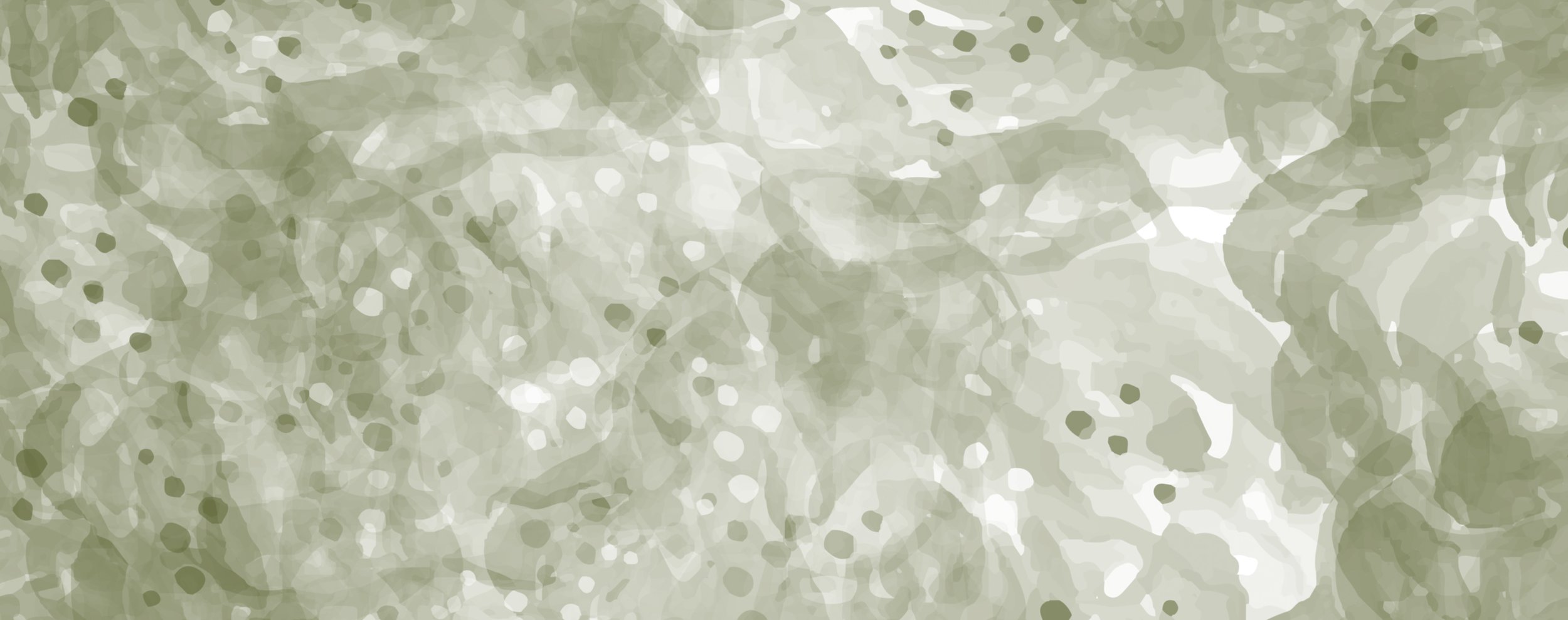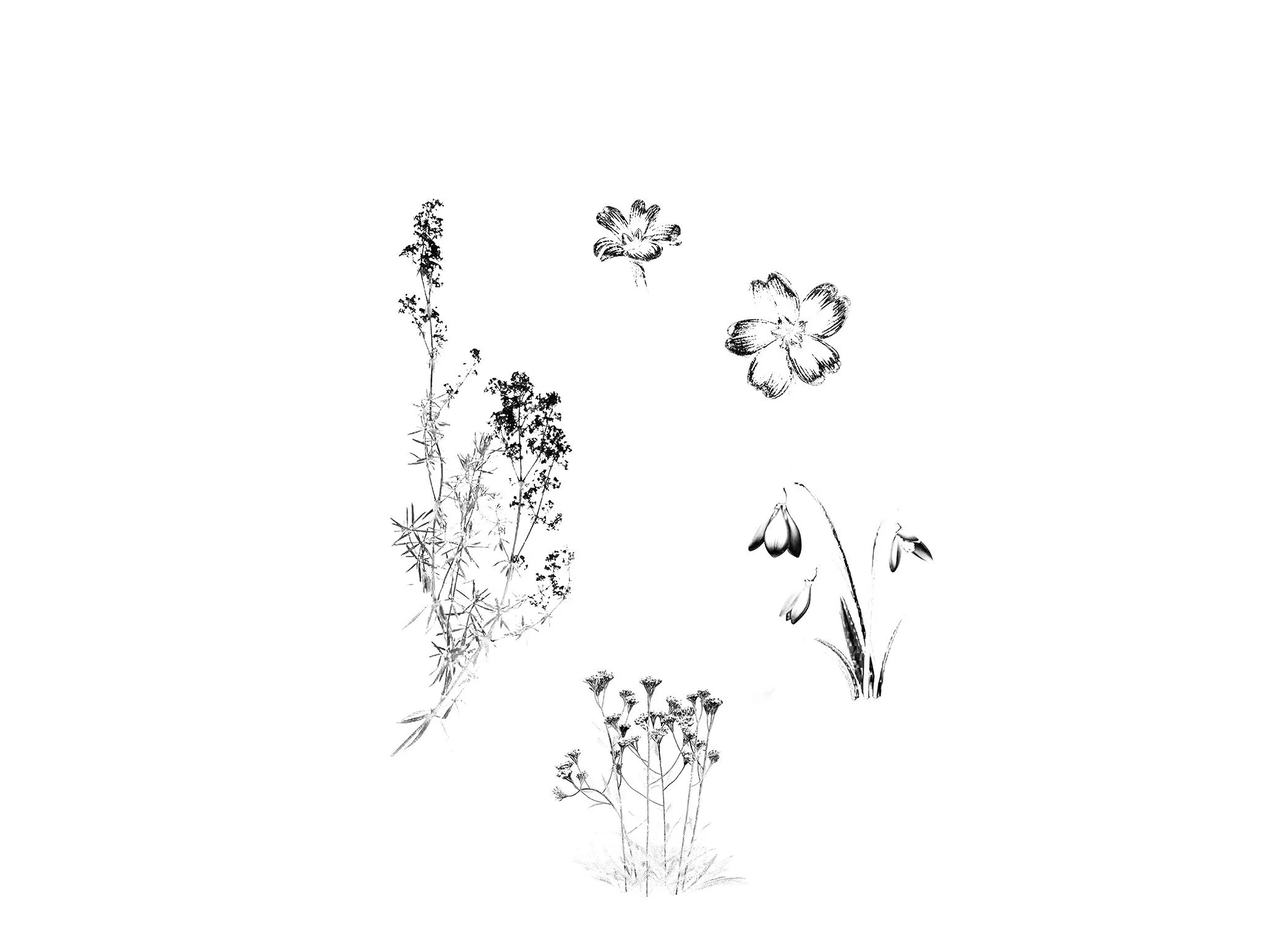
Wish For Mother Tree
Designing Empathetic Kinship with Ancient Trees & Historic Estate Parks as Ethicalscapes
MLA - Year 2 | Spring 2023 | Location: Cumbernauld House Park, Scotland | Course: Landscape Architecture Explorations Part 2
Project Description
Starting at around 500 BC cultures would practise rituals to honour trees as they believed that trees could be ladders between worlds, sources of life and wisdom and can embody deities. However, over time this intangible spirit has been devalued and we have forgotten the majesty of them and started to exploit them for our own human use.
While yes, in the 21st century, we have made great strides in understanding tree’s planetary value amidst the climate emergency and nature’s general benefit to our health and wellbeing, we have neglected the honouring of these majestic beings. Could the reinfusion of tree’s folkloric practices but in a contemporary manner be the answer as to how we can ensure the longevity of trees survival and thus their robust micro-habitats and historical significance?
Wish For Mother Tree is the visual and physical manifestation of the metaphorical contemporary writings of forester Peter Woollehben, theorist Emmanuele Coccia, and ecologist Suzanne Simard who coined the term Mother Tree for the oldest trees within the community, and whose writings have started to foster a greater sensitivity and empathy towards nature.
Wish for Mother Tree is then the re-imagining the Historic Estate Park archetype both visually and symbolically by primarily focusing on ancient Mother Trees as a means of re-establishing an empathetic kinship between humans and nature, resulting in a new egalitarian landscape typology I am calling ethicalscapes - public spaces that utilise design elements that foster an atmospheric experience of respect, accessibility and safety of both mind and body for all.
Exhibition Design
Final exhibition for graduate show
Zooming Out
The site I have selected to work on for my thesis is the Castanea Sativa ancient tree at Cumbernauld House Park, which lies about 20 minutes Northeast of Glasgow. The catalyst for the site selection was locating ancient Mother Trees around Scotland and uncovering the landscape typology that they have called home for hundreds of years.
Through my research I discovered that many of these Mother Trees reside in parklands and wood pastures. Many of these estates harbour ancient mother trees because they were historically managed as woodland pastures where grazing would prevent new trees from growing and thus these trees would not have any competition.
Cumbernauld House Park is encircled by urban areas of Cumbernauld, a 1950s New Town. However, this is juxtaposed by being flanked to the east by an ancient woodland that has been turned into a tree plantation, known as PAWS.
Proposed Design
While the majority of my design work is focused around the site of the tree, I have looked at their home as a whole and re-imagined the Historic Park archetype as a wooded meadow. Adding in more trees and understory of woodland compatible species, such as woodland meadow mixes and bulbs, adds dynamism and softness to this otherwise sterile landscape. This not only attracts non-human communities to this landscape but invites human communities to want to stay and spend time there through the warmth of increased planting and seating opportunities.
The Tools
Tool 1: Mother Monuments
Modeled after tree root protection zones, the Mother Monuments simultaneously physically protects trees from human disturbance while honouring and protecting their intangible spirit.
This goal is achieved through the implementation of fragmented circle like structures circumscribing the Mother Tree, made up of various arcing dry-stone walls on the perimeter with local woodland wildflower meadow planting and bulbs such as wild garlic, tufted vetch, primrose and bluebells that are interspersed within and around the tree.
Visually these two elements help make the Mother Tree a focal point within the landscape, amplifying its authority within it to the stature of monuments, statues and other important buildings that currently hold such notability. Functionally the soft vegetation limits human circulation surface area and thus protects the Mother Tree’s root system and decreases soil compaction. This malleable tool morphs and transforms its physical make-up overtime in order to accommodate the tree’s altering size and needs as it continues throughout its life.
The Gaurdians
Younger transplanted trees are in need of as many resources as possible to ensure their healthy rooting in their new home, one of which is lots of water. However, current irrigation practices tend to not be aesthetically pleasing and require heavy maintenance. With that, I have designed The Guardians, a tri functioning sculptural rainwater collector. The Guardians, simultaneously serve as a water source for trees when its wings are fanned out (right) and as a haven for birds when its wings are closed in (left). In addition to these tangible functions, the Guardians, as the name suggests, visually guards and protects this new tree from human passersby. Just as we might see current fencing around a transplanted young tree, the guardians are a visual reminder to passersby that this tree is in a fragile place and to proceed with caution.

Tool 2: Wishootee Ritual
The Wishootee Tree Ritual, continues that appreciative sentiment of the Mother Monuments but turns this remembrance and appreciation into action through the wishing tree ritual and offering.
The name wishootee comes from the amalgamation of the folkloric Scottish Clootie Wells and the timefully evolved wishing tree.
clootie • well / verb Scottish Clootie wells are wells or spring, where there was almost always a tree growing beside it. There, individuals would take bits of cloth or clootie as it is in Gaelic, and tie them to the branches of a tree usually in the hopes of curing an illness or ailment. Instead of wishes singularly being about healing physical elements, visitors partaking in the Wishootee Tree ritual are encouraged to make a wish of any kind.
wish • tree / verb Unlike the traditional Scottish clootie wells where a wish was just thought of, I have adopted the act of writing down the wish, from the contemporary project Wish Tree by artist Yoko Ono.
This act of writing your wish down so that everyone else can see is a vulnerable act; and therefore the wishootee tree ritual not only honours the Mother Tree but can serve as a poetic vehicle for breaking down barriers between one another, fostering optimism and harmony.
Tool 3: Wooded Meadow Design
Tool 4: Tree Timing
The fourth tool is formulaic rhythm of planting to ensure the perpetuation of ancient trees and their rich diverse micro-worlds.
Tool 5: Pockets of Place
While the last tool will vary from site to site and tends to be more essential in urban environments, the pockets of place, whether increased seating opportunities, meditative experiences, or social gathering spaces, aids in bringing the heightened consciousness of the beauty and vitality of nature, fostering this equitable kinship between man and nature while simultaneously providing respite for visitors.
Theory for Pockets of Place
The Voyeristic City
People think that, possibly due to its transient nature, that cities are void of warmth and scrutiny, but they are not, they are rich with opinions and hierarchies. Suarez rejects the concept of the ambivalent city pedestrian in looking at the concept of the 19th century flaneur; “a gentleman who is a ‘passionate spectator’ of the city, seeking to ‘become one flesh with the crowd,’ at the centre of the action and yet invisible. Suarez demonstrates that the street is not this transient detached place but is a space where hierarchies do exist and because of that the flaneur or pedestrian is not this passive and ambivalent stranger from society but is one who is active – they do in fact have opinions and assumptions about those that they are observing.
Can anyone be a flaneur? Can we find this solace of anonymity today? Feminist urban writers like Leslie Kern says that this sense of anonymity and invisibility only privileges white skinned and able-bodied men. For example, “women can never fully escape into invisibility because their gender makes them as objects of the male gaze.” People of colour and Indigenous people are routinely viewed with suspicion in public. All spaces are “charged” as Teju Cole says about black individuals in a white landscape, so they “wander alert.” Finding respite then from this wandering eye and hyper vigilance is essential for these marginalised groups. As Virginia Woolf said in one of her diaries, “to walk alone in London is the greatest rest.”
Personality Outliers
While Leslie Kern talked about marginalised groups in terms of race, gender and ethnicity, this author is simultaneously interested in another such group, one that this author is a member of, of those with marginalised personalities, such as introverts.
The dictionary definition of an introvert is someone who is “typically reserved or quiet, tending ot be introspective and enjoys spending time alone.” Researcher Susain Cain says that while extroverts crave large amounts of stimulation, introverts feel the most comfortable and capable when “they’re in quieter, more low-key environments.” In her TED talk with over 30 million views talks about how many of our important institutions such as workplaces and schools are “designed mostly for extroverts.” Nothing is black and white and we all fall on a spectrum and it’s about creating a balance between the two. Susan Cain says that “culturally we need a much better balance; we need more of a yin and yang between these two types.” It is this yin and yang that I hope to create in outdoor public parks where they tend towards the extroversion side with open air areas, and social cafes with meditative and reflective areas.



























